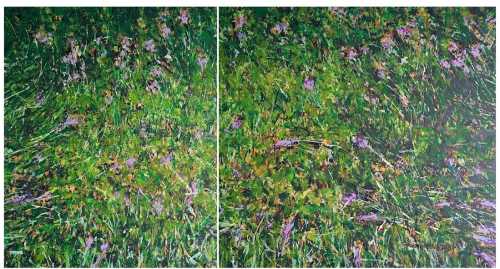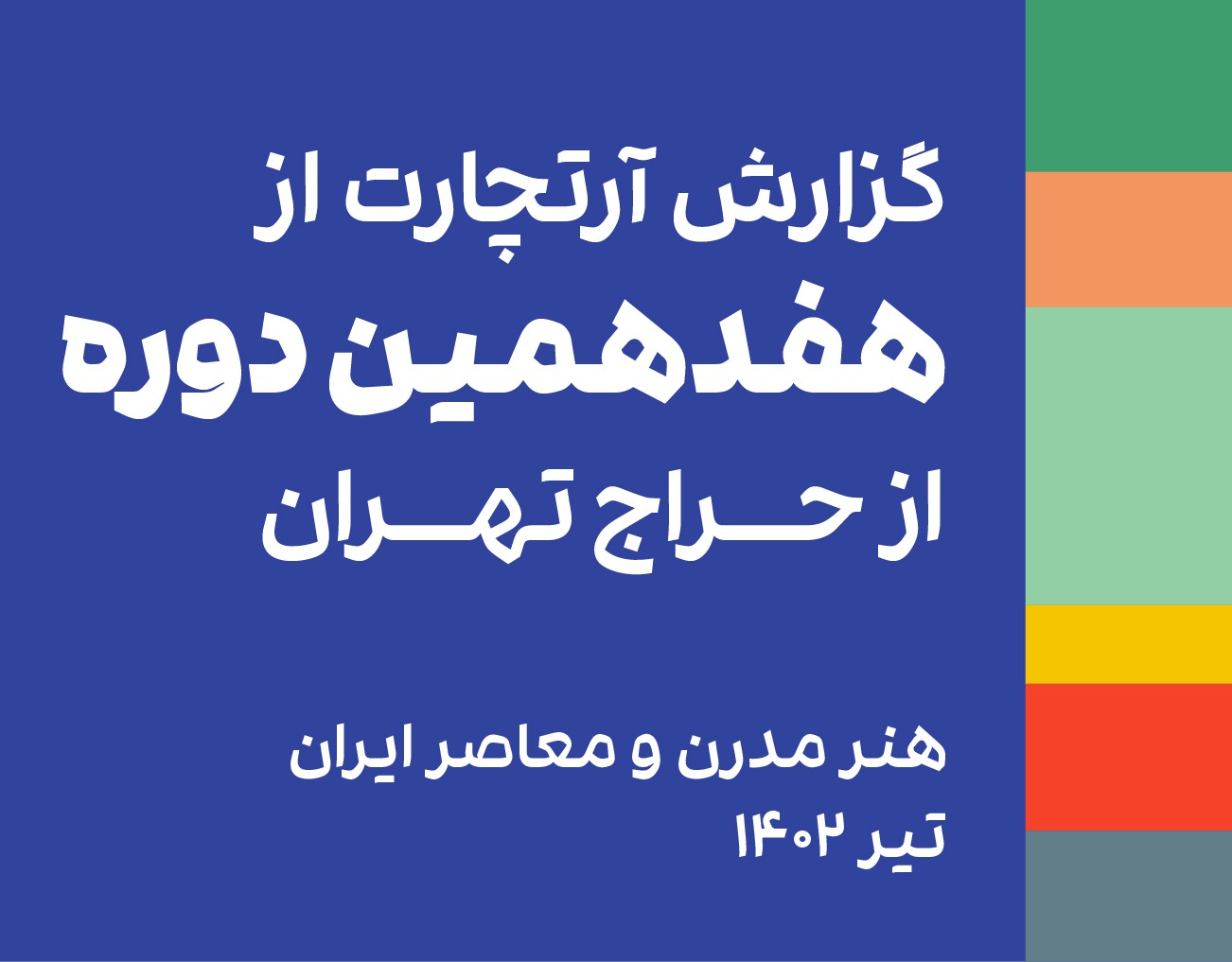About Jalaleddin Mashmooli
Jalaleddin Mashmooli, a contemporary painter, was born in Ghaemshahr, Mazandaran. He manages the Hajm-e-Sabz art group and is the village's secretary for the art project. He has held painting workshops in more than 50 villages of the country in the "Art in the Village" project. Jalaleddin is a graphics and illustration graduate. In an interview, he talks about his mutual interest in painting and cinema. In 1999, amid this dilemma, he took a step on the path of painting and devoted himself to drawing and painting. This artist's first important solo exhibition was held in 2004 at "Assar Gallery" in Tehran. In 2006, Daryabeygi Gallery hosted his next solo exhibition, "Here is my whole village." "Daughter of Mash-Hossein Agha" was the title of his other solo exhibition at Seyhoun Gallery, which was held in 2008. This painter maintained his native identity in the titles and works of subsequent shows; "When I became a city," "Boys of Siahroud," and "Golgavzaban." The included works have made their way outside the borders of Iran. In 2011, he participated in the group exhibition of Iranian artists titled "Village Art," held at the Cube Gallery in Malaysia. In 2013, his paintings were displayed in the "Three Iranian Artists in Germany" exhibition at the Kunsthaus an der Alster gallery in Hamburg. His works were also presented at the Mokarrameh Ghanbari Memorial at Columbia University. Also, this artist has had two solo exhibitions at the Linda Farrell Gallery in Paris and the Color Gallery in Barbizon. Mashmooli has also been active in art research and has published two books with the titles "Pioneers of contemporary art of the world (a review of the biographies of 30 European modernist painters)" and "Face to face (a sketch of Iran's enduring literary and artistic figures)."
As seen from the titles of his exhibitions and works, he considers himself committed to rural and native identity. This commitment has appeared in the subject area and in his painting form. For example, in the Golgavzaban collection, he combines the motifs of flowers and cows and creates variations based on playing with these two. His tendency to be simple and abstract is also in line with the native identity of his works. His color options often have a poetic quality. These qualities are highlighted by his spiritual coloring in most of his works. Vegetal motifs are repeated in other periods of his pieces, such as "pots."
The Most Expensive Artwork
At Auctions
First Attendance
15 January 2021
# Attendance
5
# Artworks
5
Average Realized Price
5,912 USD
Average Min Estimate
2,631 USD
Average Max Estimate
3,790 USD
Sell-through Rate
80%
Average Growth of Artwork Worth
116.086%
Timeline
The 24th Tehran - Contemporary Iranian Art auction
3 October
The 20th Tehran- Modern and Contemporary Iranian Art auction
5 July
Gestalt 1 exhibition
20 October
The 17th Tehran Modern and Contemporary Iranian Art auction
18 July
Printmaking Group Exhibition exhibition
19 August
Tehran- 16th- Iranian contemporary art auction
1 July
Cow - This Six Years exhibition
21 May
The 13th Tehran- Modern and Contemporary Iranian Art auction
15 January
Kado Art 2.2 exhibition
28 February
Frame 50 exhibition
21 February
Art Throught the ages exhibition
10 January
The Role of the Cow exhibition
14 June
Summer Sale of Artibition exhibition
7 September
A Cow Under the Poplar exhibition
27 July
The Wind Blows from the East exhibition
16 February
Anywhere But Here exhibition
24 November
Black River's Boys exhibition
20 May
Borage Flower exhibition
22 May
Articles
۱7th Tehran Auction Sales Report 26 July 2023
The 17th Tehran auction: modern and contemporary, was held on Friday July 21st, 2023 at Parsian Azadi Hotel. This auction achieved a total sale of 214 billion tomans equivalent to 4.3 million dollars, which was a growth of 77.8% compared to the previous period. Artchart has observed the 17th Tehran auction in the upcoming report.

